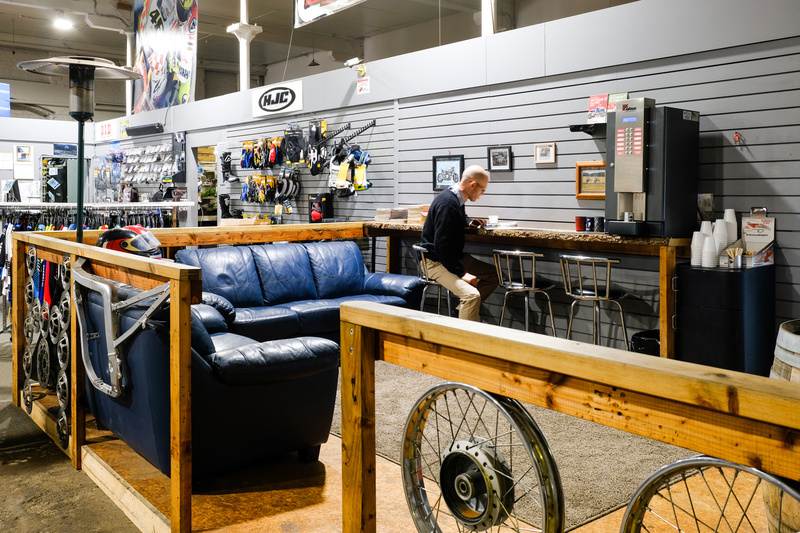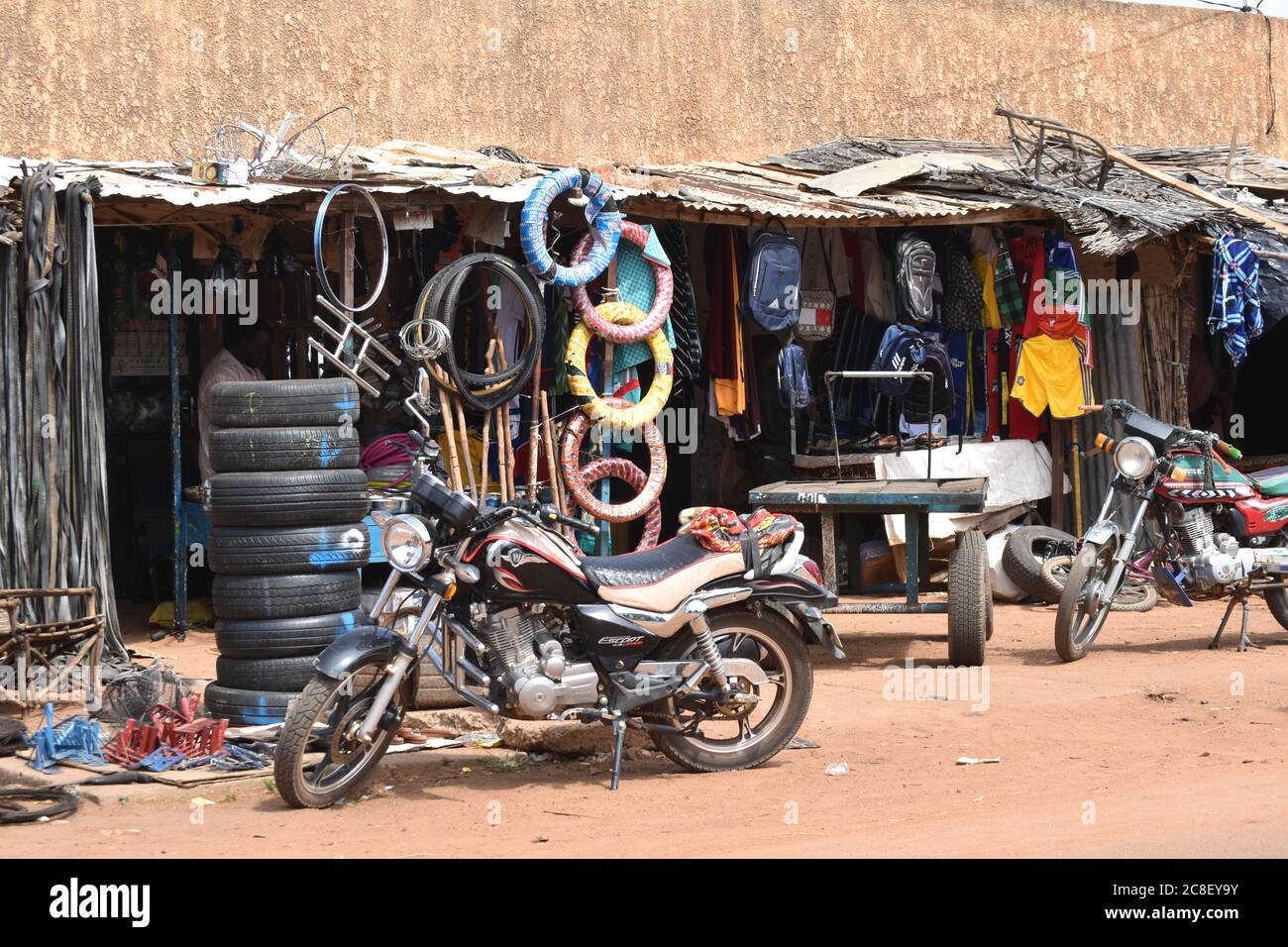Necessary Motorcycle Parts NZ for Peak Performance and Safety And Security
Necessary Motorcycle Parts NZ for Peak Performance and Safety And Security
Blog Article
Understanding the Crucial Parts of a Motorcycle: A Comprehensive Guide for Lovers
For motorbike enthusiasts looking to elevate their riding experience and ensure their bikes run efficiently, recognizing the necessary components of a bike is paramount. Each component, from the engine's intricate functions to the crucial function of the braking mechanisms, not only influences efficiency yet likewise safety and comfort. This overview will go through the basic components that every rider must be acquainted with, making it possible for notified options in both maintenance and potential upgrades. As we start this exploration, one must ask: just how does each element communicate to develop the smooth experience every enthusiast seeks?
Engine Elements

The camshaft plays a vital role in controlling the timing of the engine's valves, making sure the precise opening and closing required for reliable gas and air intake, along with exhaust expulsion. This timing is crucial to keeping optimal engine performance and efficiency. In addition, the carburetor or gas injection system, depending on the motorcycle model, is in charge of blending air with gas in the right ratio for combustion.
The air conditioning system, either air or liquid-based, functions to maintain the engine's temperature level within operational limits, protecting against getting too hot and ensuring longevity - motorcycle shop. Each component, thoroughly designed and incorporated, contributes to the smooth procedure of the engine, specifying the motorcycle's power output and overall efficiency
Transmission System
Important to the motorbike's functionality, the transmission system ensures reliable power transfer from the engine to the wheels. This system makes up several critical components, consisting of the clutch, gearbox, and last drive, each playing an essential role in equating the engine's power into motion. The clutch, normally operated by a hand lever, serves to disengage the engine and engage from the transmission, permitting smooth gear adjustments and controlled acceleration.
The gearbox, often described as the transmission correct, contains a collection of gears that cyclists can manually move through to adjust the bike's speed and torque outcome. These gears are set up in a sequence that makes it possible for the motorbike to speed up efficiently and keep optimum engine efficiency across different rates. Many bikes utilize a consecutive gearbox, needing the biker to change gears in a fixed order.
Braking Mechanisms
While recognizing the transmission system is crucial to harnessing a motorbike's power, just as crucial is the capacity to control and stop that power properly, which is where stopping systems come into play. Brakes are vital for safety and efficiency, offering the biker with the necessary control to navigate different terrains and problems. Usually, motorcycles include 2 kinds of stopping read this post here systems: disc brakes and drum brakes.
Disc brakes are extra widespread in modern bikes due to their remarkable efficiency. This system supplies better warmth dissipation, constant efficiency, and boosted stopping power, especially in damp conditions.
Conversely, drum brakes, though less common, are still located in some bikes. They work by pushing brake shoes versus the internal surface of a drum affixed to the wheel. While normally less reliable in warmth dissipation and quiting power, drum brakes are less complex and extra cost-efficient.
Comprehending these stopping systems' nuances enables cyclists to maintain their bikes effectively and value the design that makes certain safe and efficient stopping.
Suspension and Guiding
Suspension and guiding systems are crucial elements that significantly influence a motorcycle's handling and trip convenience. The shock absorber, consisting of forks at the front and shock absorbers at the rear, soaks up roadway irregularities, improving stability and control. Front forks, typically telescopic or inverted, compress and rebound to mitigate impacts, while back shock absorbers maintain tire contact with the road, vital for grip and safety.
Steering, focused around the handlebars, connects the motorcyclist to the bike's directional control. The guiding head bearings make sure smooth procedure, allowing precise ability to move. Proper alignment and maintenance of these bearings are important for predictable steering feedback and lowering cyclist exhaustion.
The suspension's adjustability is an additional critical facet; preload, damping, and rebound settings enable modification to match numerous riding designs and problems. This flexibility is essential for maximizing performance, whether navigating metropolitan roads or dealing with sturdy trails. Innovations like electronic shock absorber use real-time adjustments, boosting trip high quality across varied surfaces.

Electric Systems
After ensuring a regulated and smooth trip via reliable suspension and steering systems, interest turns to the electric systems, a pivotal facet of modern motorcycles. These systems play an essential role not just in beginning the engine however also in powering various components that content enhance the performance and safety and security of the motorcycle.
At the heart of a motorbike's electrical system is the battery, which stores electrical energy needed for starting the engine and powering complementary systems - mx parts nz. The alternator or generator, paired with the rectifier-regulator, ensures the battery remains billed while the motorbike functions, converting power into electric power and maintaining voltage degrees
The ignition system, an additional critical element, is accountable for sparking the air-fuel blend in the engine's cyndrical tubes. Modern motorcycles usually utilize an electronic ignition system, More Info offering better effectiveness and reliability contrasted to conventional systems.
Lighting systems, consisting of fronts lights, tail lights, and signs, are additionally crucial, ensuring visibility and safety for the motorcyclist. Added digital elements such as sensors, control devices, and displays add to sophisticated attributes like gas injection monitoring, anti-lock stopping systems (ABDOMINAL MUSCLE), and digital control panels, better boosting the riding experience.
Final Thought
A complete comprehension of a motorbike's necessary components, consisting of the engine, transmission system, braking mechanisms, suspension, steering, and electric systems, is vital for lovers aiming to maximize safety, comfort, and efficiency. Proficiency of these elements allows for notified choices regarding upkeep and upgrades, eventually enhancing the riding experience. By integrating this expertise, bikers can ensure their motorcycles operate at peak efficiency and integrity, thus taking full advantage of both satisfaction and long life of their lorries.
For motorcycle fanatics looking to raise their riding experience and guarantee their bikes run efficiently, recognizing the necessary elements of a bike is vital.Essential to the motorcycle's performance, the transmission system makes certain reliable power transfer from the engine to the wheels.While understanding the transmission system is essential to taking advantage of a motorcycle's power, similarly essential is the ability to manage and stop that power effectively, which is where stopping systems come into play. Usually, bikes include 2 types of stopping systems: disc brakes and drum brakes.
A detailed comprehension of a motorbike's essential parts, including the engine, transmission system, stopping mechanisms, suspension, guiding, and electric systems, is important for enthusiasts intending to maximize efficiency, comfort, and safety.
Report this page